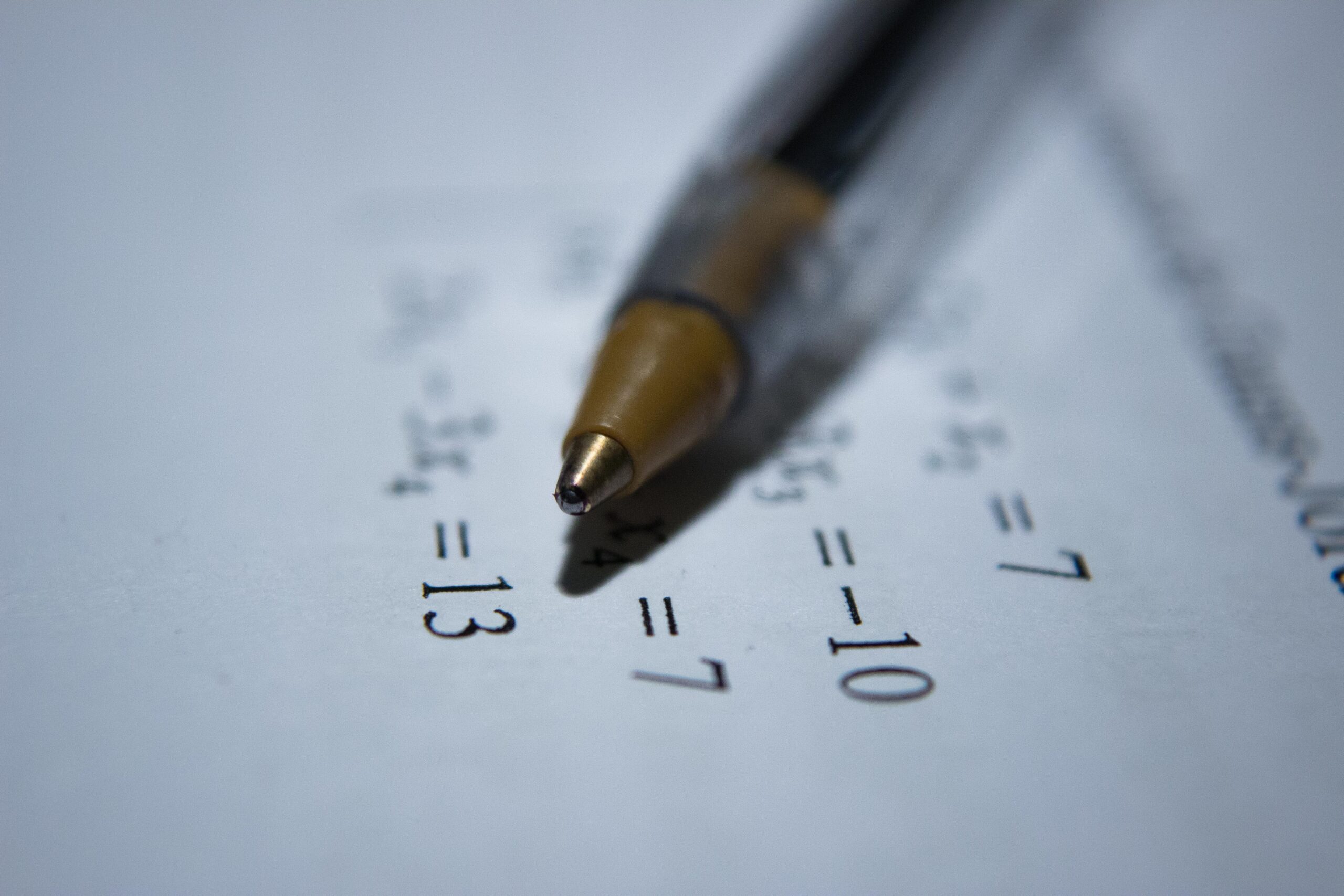 The Organization for Economic Cooperation and Development (OECD) recently released the PISA scores. Once again, the results indicate that the US education system is failing to provide students with the skills necessary to succeed in the 21st century. “Some 25% of 15-year-olds in OECD member countries – representing 16 million children – are estimated to be low performers in maths, reading and science.” The Paris-based organization said it had seen “some of the steepest drops in performance since 2000 when it began its usually triennial tests of 15-year-olds reading, maths and science skills.”
The Organization for Economic Cooperation and Development (OECD) recently released the PISA scores. Once again, the results indicate that the US education system is failing to provide students with the skills necessary to succeed in the 21st century. “Some 25% of 15-year-olds in OECD member countries – representing 16 million children – are estimated to be low performers in maths, reading and science.” The Paris-based organization said it had seen “some of the steepest drops in performance since 2000 when it began its usually triennial tests of 15-year-olds reading, maths and science skills.”
While the pandemic-induced school closures had a profound effect on learning, the OECD maintains, “The decline in performance can only partially be attributed to the COVID-19 pandemic, with falling scores in reading, science, and maths already apparent prior to 2018.”
The OECD data charts for math performance list 41 countries’ results. The US ranks #31, below the OECD average, and in the bottom 25%. Furthermore,the OECD included the negative effect that digital technology, such as cellphones, had on students’ math performance. “Students who spent up to one hour a day on digital devices for leisure scored 49 points higher in maths than students who spent between five and seven hours per day, after taking into account students’ and schools’ socio-economic profile.” The implications for future generations of mathematicians, engineers and scientists are dire. “Strong quantitative, analytical thinking and problem solving skills are what makes an engineering qualification so highly valued.”
According to PISA, “Reading performance measures the capacity to understand, use and reflect on written texts in order to achieve goals, develop knowledge and potential, and participate in society.” The US reading results were much better than the math: The US ranked #7, yet this is no cause for celebration. “Compared to when the tests were last conducted in 2018, reading performance fell by 10 points on average.” That is the equivalent of half-year of learning.
The stated objective of PISA is to “provide governments with a powerful tool to shape their policy making.” As scores have continued their decline over the last 20 years, the American public should demand accountability. Education is a state responsibility, so states and federal governments share responsibility for this failure.

